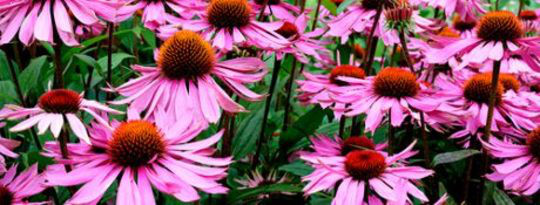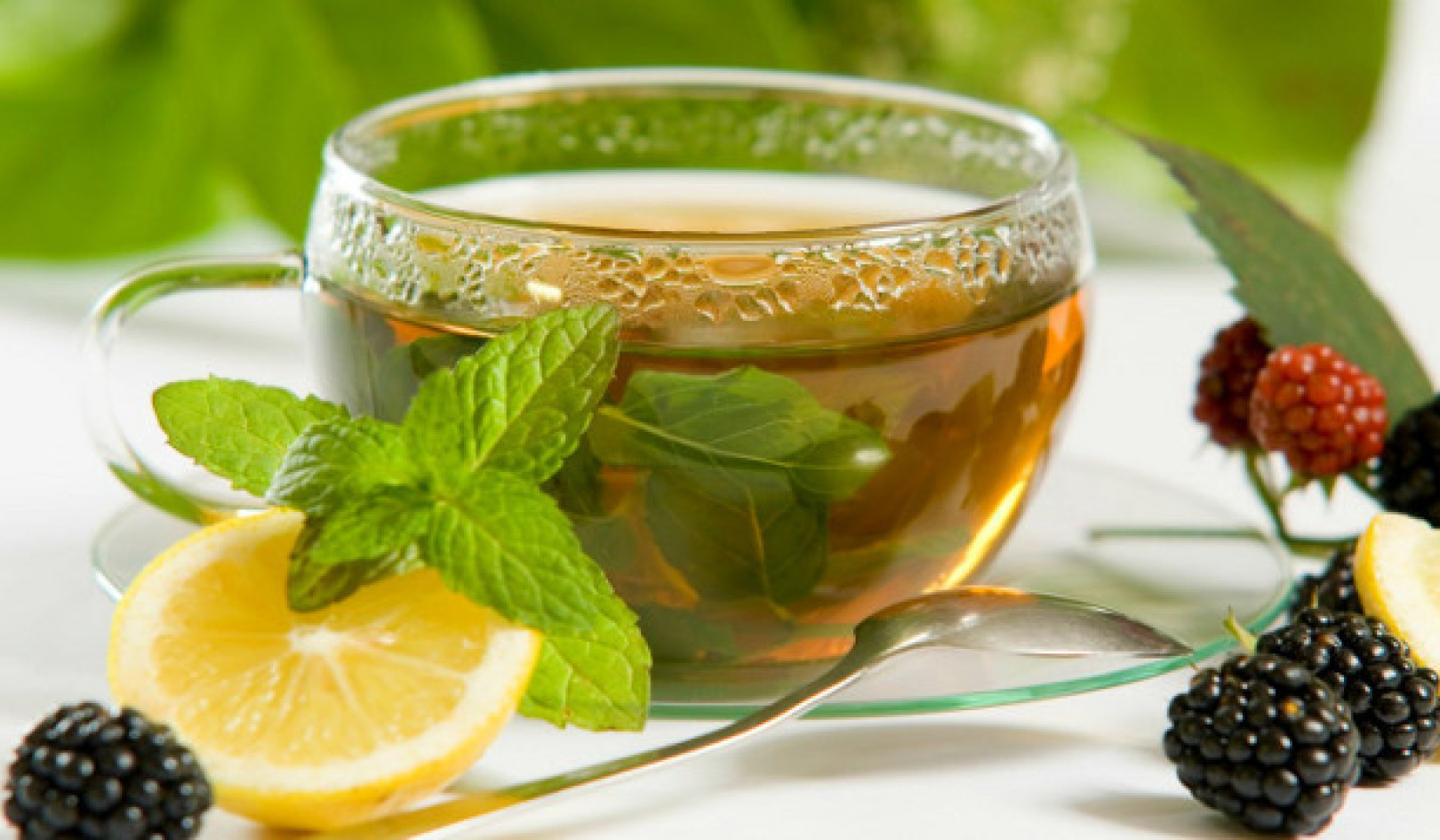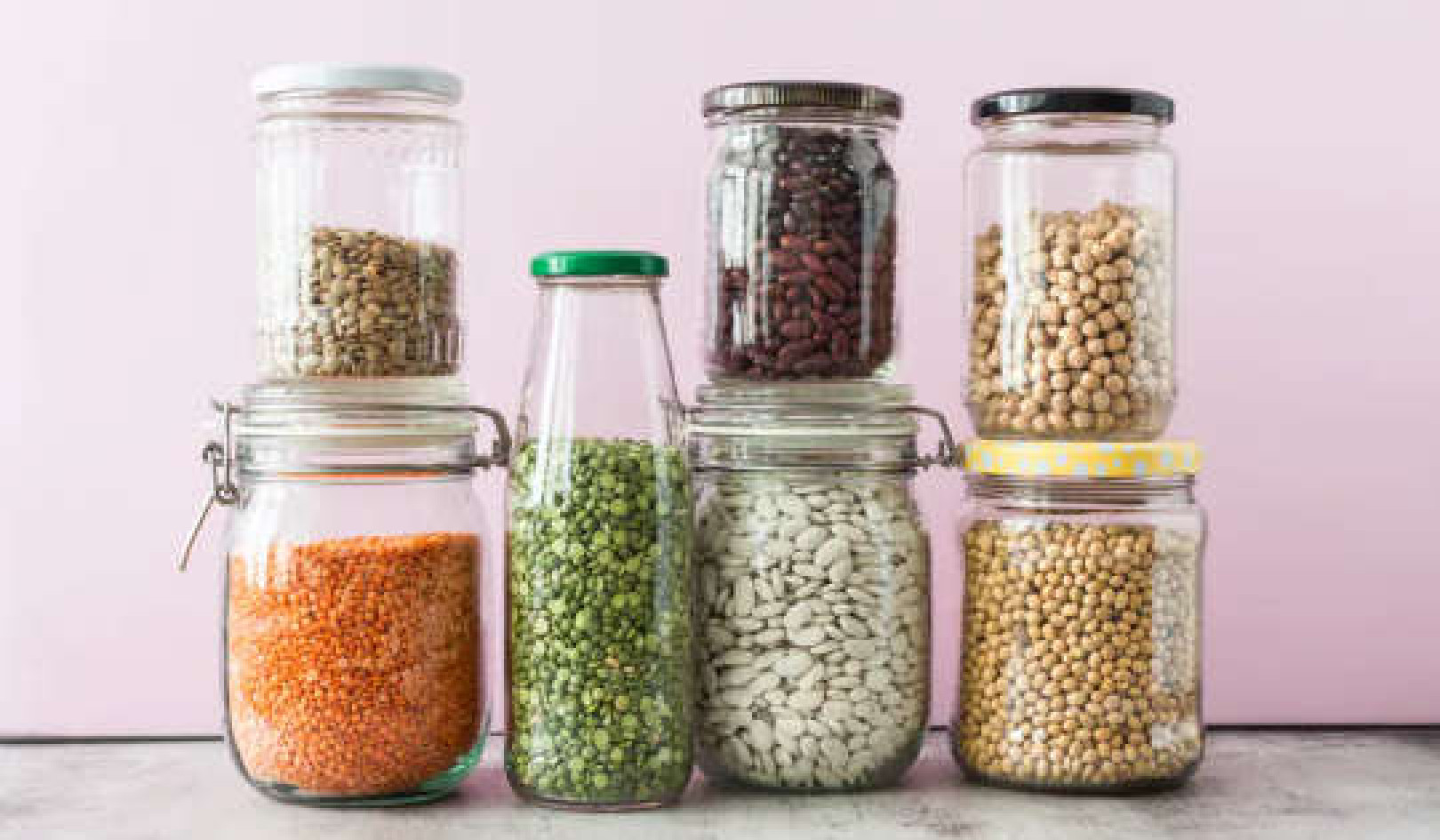
I am not a trained herbalist, but I have learned bits and pieces from various teachers and by my own studies. We have some favorite herbal remedies for home use, and there are many hundreds of others worth knowing about. Botanicals can be incorporated into wines, cordials or teas, used in cooking and made into tinctures or salves. Some are applied topically as a poultice. Some plants we dry and use as teas or decoctions.
Nettles are an excellent source of minerals; I drink them periodically as a tea. We also use spearmint and peppermint in this way and with food. We have grown stevia, which is a natural non-sugar sweetener that commands a high price in shops.
We always have lots of comfrey around for use as a mulch and fertilizer — it’s usually employed medicinally either in salves or as a poultice.
Plaintain too is helpful for bee stings and such irritations, but there’s never a shortage of it during the warm months (in winter you don’t suffer insect bites), so I don’t usually collect it. The seeds are a demulcent (used to cleanse the bowels); psyllium seed comes from a plantain relative.
Get The Latest By Email
Some plants I find useful to take internally. We grow a small East Indian herb called spilanthes (Spilanthes oleracea) that has many medicinal uses. It’s also known as toothache plant because some of the active constituents cause an analgesic tingling of the gums that reduces tooth pain. I have found it effective against bee stings too. Internally, it works as an antimicrobial and immune stimulant. I tincture the flower heads and sometimes leaves as well. You can chew a little of the leaf for a toothache, but the flowers are much too strong for the mouth.
Echinacea is well-known as an immune-supporting plant. It is a perennial, and the roots need to be three years old before they are harvested, at which time an alcohol extract can be taken from them. Wash and chop the roots finely, pack them into a pint or quart jar and cover with grain alcohol (I use 100 proof or 50% pure). Shake the jar daily for six weeks, storing in a dark place and decant after six weeks, using a strainer or filter if necessary. Label and date as the tincture will keep for many years.
Elderberry is considered a good cold medicine; if you can keep them from the birds, the berries are the part to use, either in wine or simply in an alcohol tincture.
Catnip and fennel combined in a tincture can provide relief from intestinal discomfort due to gas or indigestion. You can also chew the fennel seed directly.
We tincture dandelion roots as a liver cleansing medicine.
Turkey tail mushrooms (Trametes versicolor) are common in our area and have strong demonstrated anti-cancer properties. In traditional use they have been consumed in soups and teas. [Mycelium Running, Stamets] The active ingredients are also capable of being drawn out by alcohol.
Processing Botanicals at Home
 The important thing to know is that most botanicals can be processed easily at home. If making a tincture, it helps to dry the leaves, flowers or root material a little before soaking them in alcohol. This simply removes some of the water and leaves a more concentrated medicine.
The important thing to know is that most botanicals can be processed easily at home. If making a tincture, it helps to dry the leaves, flowers or root material a little before soaking them in alcohol. This simply removes some of the water and leaves a more concentrated medicine.
Salves are not complicated, though a little practice may be needed to get the right consistency. Most are made with a blend of olive or coconut oil and a small amount of beeswax to thicken. Warm the oils to liquify them. Infuse dried herbs by packing tightly into a small jar. Cover with oil, seal and stand the jar in a warm place for a month, shaking periodically. Then strain and use the oil directly or thicken to make a salve.
A Fourth World Pharmacy -- Common Weeds That Make Useful Medicines
- Plantain (Plantago major)
- Chickweed (Stellaria media)
- Yarrow (Achillea millefolium)
- Dandelion (Taraxacum officianale)
- Burdock (Arctium lappa)
- Yellow Dock (Rumex crispus)
- Nettles (Urtica dioica)
- Ragweed (Ambrosia artemisiifolia)
- Red Clover (Trifolium pratense)
- Mullein (Verbascum thapsus)
- Chamomile (Matricaria recutita)
- Comfrey (Symphytum officianale)
©2012 by Peter Bane. All Rights Reserved.
Reprinted with permission of the publisher,
New Society Publishers. http://newsociety.com
This article was adapted with permission from the book:
The Permaculture Handbook: Garden Farming for Town and Country
by Peter Bane.
 Permaculture is about working with the earth and with each other to repair the damage of industrial overreach and to enrich the living world that sustains us. The Permaculture Handbook is the definitive practical North American guide to this revolutionary practice, and is a must-read for anyone concerned about creating food security, resilience, and a legacy of abundance rather than depletion. This comprehensive manual casts garden farming as both an economic opportunity and a strategy for living well with less money.
Permaculture is about working with the earth and with each other to repair the damage of industrial overreach and to enrich the living world that sustains us. The Permaculture Handbook is the definitive practical North American guide to this revolutionary practice, and is a must-read for anyone concerned about creating food security, resilience, and a legacy of abundance rather than depletion. This comprehensive manual casts garden farming as both an economic opportunity and a strategy for living well with less money.
Click here for more info and/or to order this book.
About the Author
 Peter Bane has been the publisher and editor of Permaculture Activist magazine for over 20 years. As an experienced permaculture site designer Peter has taught permaculture extensively in North and South America for nearly two decades. A prolific writer in journals and collections on forestry, building, and all things sustainable, he consults with universities and municipal governments as well as for private landowners. Peter helped create Earthaven Ecovillage in North Carolina, and is now pioneering suburban farming in Bloomington, Indiana.
Peter Bane has been the publisher and editor of Permaculture Activist magazine for over 20 years. As an experienced permaculture site designer Peter has taught permaculture extensively in North and South America for nearly two decades. A prolific writer in journals and collections on forestry, building, and all things sustainable, he consults with universities and municipal governments as well as for private landowners. Peter helped create Earthaven Ecovillage in North Carolina, and is now pioneering suburban farming in Bloomington, Indiana.







